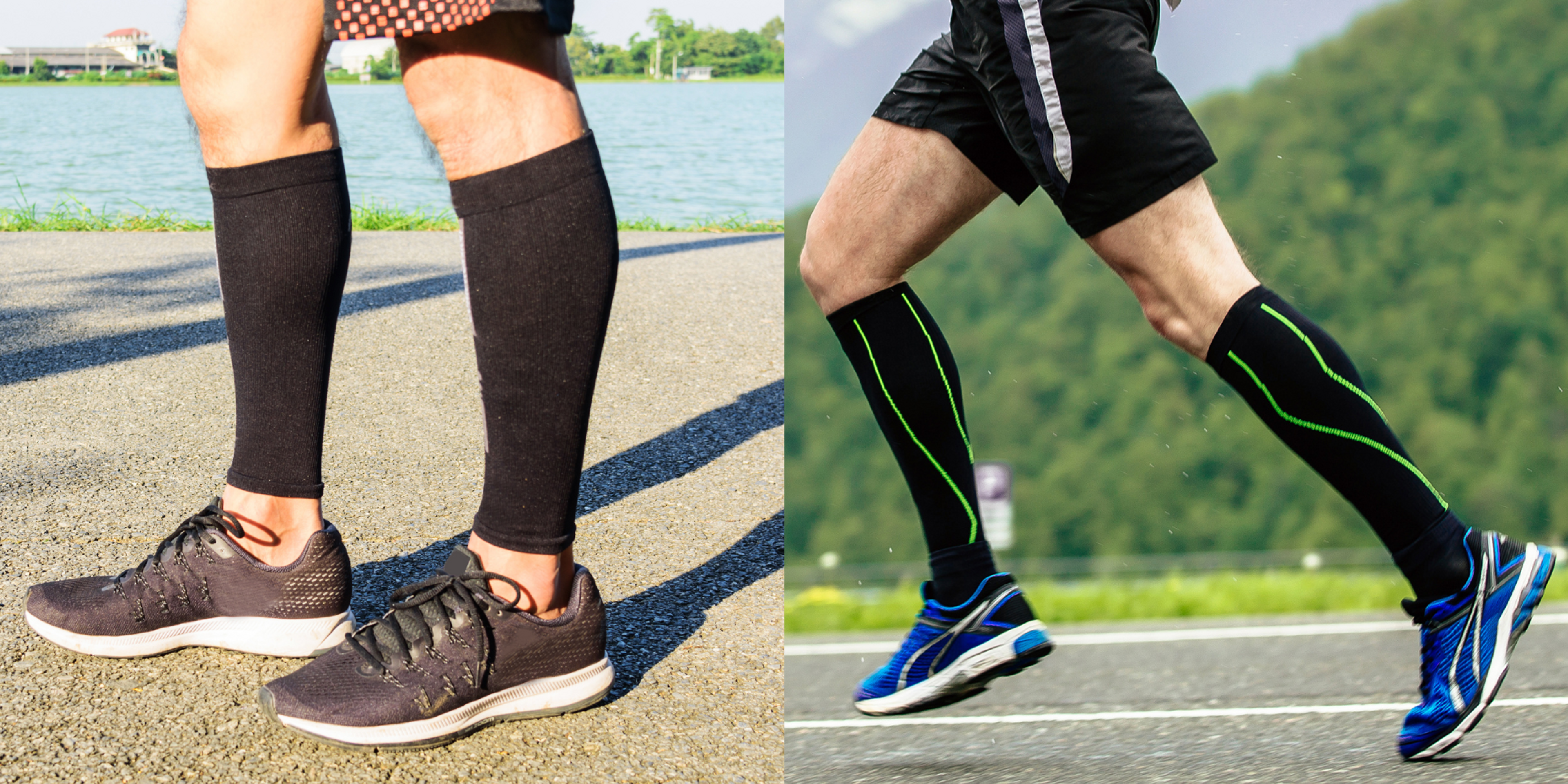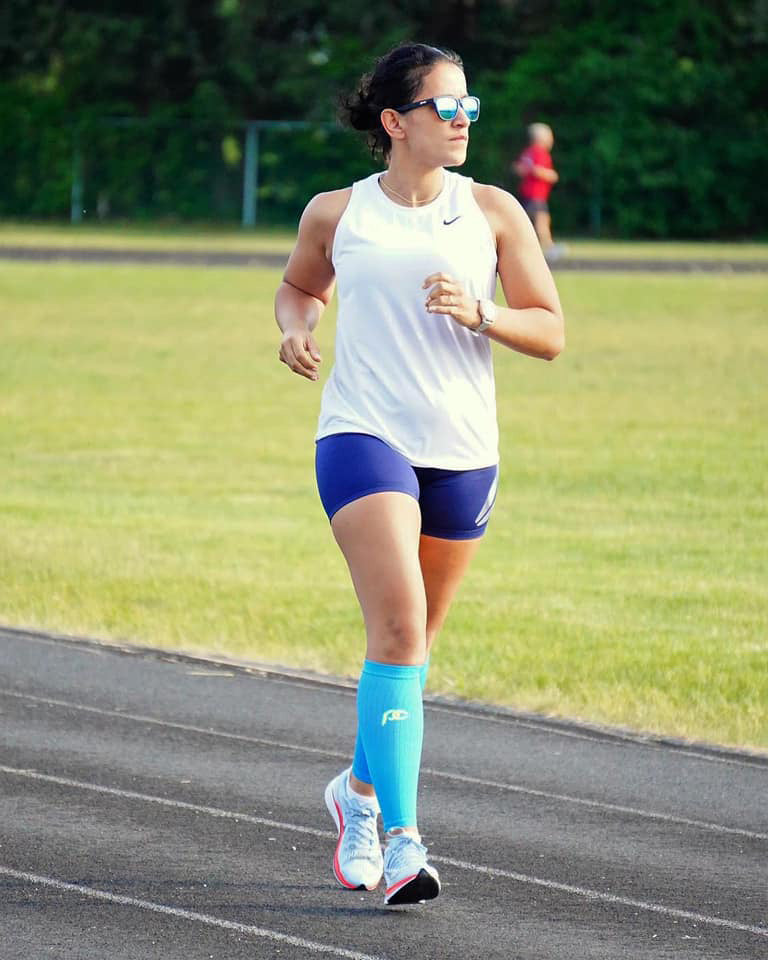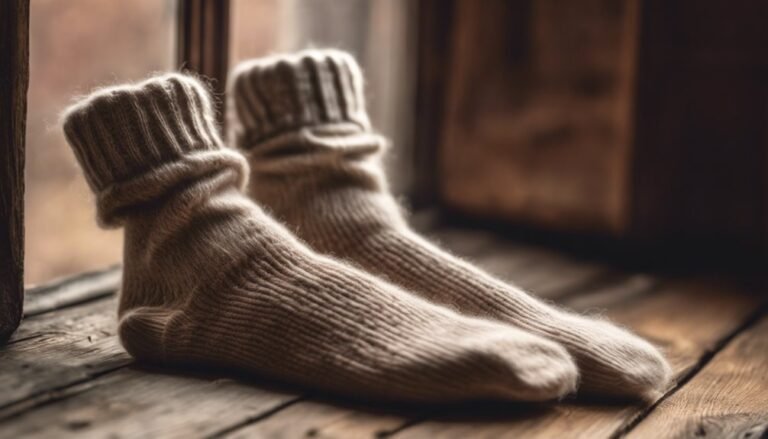Calf Sleeves Vs Compression Socks: Ultimate Guide to Performance
Athletes and fitness enthusiasts often debate between calf sleeves and compression socks. Both offer support and benefits, but each has unique features.
Choosing the right gear can enhance your performance and recovery. Calf sleeves and compression socks aim to improve blood flow, reduce muscle soreness, and prevent injuries. Yet, they serve different purposes and suit various needs. Understanding their differences can help you make an informed choice.
Whether you are a runner, cyclist, or just seeking better leg support, this comparison will guide you. We’ll explore the benefits, uses, and key features of both options. Ready to find out which one suits your lifestyle best? Let’s dive in.
Introduction To Calf Sleeves And Compression Socks
Calf sleeves and compression socks help improve leg health. They offer support and enhance blood flow. Many athletes and those with leg issues use them. Understanding their differences can aid in choosing the right one for your needs.
Purpose And Benefits
Calf sleeves cover the lower leg. They support the calf muscles. This helps reduce fatigue and soreness. They enhance blood circulation, which aids in recovery after exercise.
Compression socks cover the foot and the leg. They provide full support from the foot up to the knee. This can help reduce swelling and pain. They also improve blood flow, which prevents blood clots.
| Calf Sleeves | Compression Socks |
|---|---|
| Cover only the lower leg | Cover the foot and lower leg |
| Reduce muscle fatigue | Prevent swelling and pain |
| Enhance blood flow | Improve circulation |
Common Uses
People use calf sleeves during running and other sports. They are easy to put on and take off. This makes them convenient for athletes. They also help with muscle recovery post-exercise.
Compression socks are often used by those with medical conditions. People with varicose veins or deep vein thrombosis benefit from them. They are also worn during long flights to prevent blood clots.
- Athletes use calf sleeves for muscle support.
- People with leg swelling use compression socks.
- Travelers wear compression socks to avoid clots.

How Calf Sleeves Work
Calf sleeves and compression socks offer different benefits for athletes. Understanding how calf sleeves work can help you decide which option suits your needs. Calf sleeves provide targeted support and enhance performance.
Design And Function
Calf sleeves are made from stretchy, breathable fabric. They fit snugly around the calf muscles. This compression helps improve blood flow. By doing so, they reduce muscle fatigue. The design also supports the muscles during activity. This minimizes the risk of injury. Calf sleeves come in various sizes and styles. They can be worn during exercise or recovery.
Advantages For Athletes
Athletes benefit from wearing calf sleeves in many ways. The improved blood circulation enhances oxygen delivery to the muscles. This helps in reducing soreness and speeding up recovery. Calf sleeves also stabilize the muscles. This reduces vibrations during high-impact activities. The result is less muscle fatigue and better performance. They are also easy to wear. Athletes can put them on quickly before a workout.
How Compression Socks Work
Compression socks are a popular choice for both athletes and individuals with circulation issues. They offer numerous benefits by providing consistent pressure on the legs. Understanding how compression socks work can help you decide if they are the right choice for your needs.
Mechanism Of Action
Compression socks apply graduated pressure to the legs. This means the pressure is higher at the ankle and decreases as it moves up the leg. This design helps improve blood flow back to the heart.
The gentle squeezing helps the veins and muscles to move blood more efficiently. This prevents blood from pooling in the lower extremities, reducing swelling and discomfort.
Compression socks often use materials like nylon and spandex. These materials provide the necessary elasticity and durability.
Health And Performance Benefits
Compression socks offer numerous health and performance benefits, making them popular among various groups.
- Reduced Swelling: They help reduce swelling in the legs and ankles.
- Improved Circulation: Enhanced blood flow can prevent issues like deep vein thrombosis.
- Enhanced Recovery: Athletes use them to speed up muscle recovery post-exercise.
- Increased Comfort: They can relieve symptoms of varicose veins and spider veins.
Some studies suggest that wearing compression socks can enhance athletic performance. By improving blood flow and reducing muscle fatigue, athletes can train longer and more effectively.
In medical settings, doctors often recommend compression socks to patients with poor circulation or those recovering from surgery. They can also be beneficial during long flights to prevent deep vein thrombosis.
| Benefit | Description |
|---|---|
| Reduced Swelling | Minimizes fluid buildup in lower legs. |
| Improved Circulation | Enhances blood flow, reducing clot risk. |
| Enhanced Recovery | Speeds up muscle recovery post-exercise. |
| Increased Comfort | Relieves varicose and spider vein symptoms. |

Key Differences
Calf sleeves and compression socks serve similar purposes but have distinct differences. Understanding these differences helps in choosing the right option for your needs. Let’s explore the key differences between calf sleeves and compression socks.
Coverage Area
Calf sleeves cover only the calf area. They leave the foot and ankle exposed. This makes them ideal for activities where you need ankle mobility. Compression socks, on the other hand, cover the entire lower leg. They extend from the toes to just below the knee. This provides comprehensive support and compression for the entire lower leg.
Support Levels
Calf sleeves offer targeted support to the calf muscles. They help reduce muscle fatigue and soreness. Compression socks provide support to the foot, ankle, and calf. This comprehensive support helps improve circulation and reduce swelling. The full-coverage design makes compression socks suitable for recovery and long-duration activities.
When To Use Calf Sleeves
Calf sleeves and compression socks serve different purposes. Knowing when to use calf sleeves can help you maximize their benefits. Calf sleeves are versatile and provide support for various activities.
They are designed to support the calf muscles, improve blood flow, and reduce muscle soreness. This makes them ideal for many scenarios and specific activities.
Ideal Scenarios
Calf sleeves are perfect for athletes. They offer support during intense workouts. Runners and cyclists often use them. They help prevent muscle fatigue and cramps.
People recovering from injuries also benefit. Calf sleeves can reduce swelling and speed up recovery. They are also great for those who stand for long hours. This includes nurses, teachers, and retail workers.
Specific Activities
Calf sleeves are great for running. They reduce muscle vibrations and lower injury risk. During cycling, they improve blood flow and reduce lactic acid build-up.
They are also useful during weightlifting. Calf sleeves provide stability and support. They help during high-intensity interval training (HIIT) too. They keep muscles warm and prevent strains.
When To Use Compression Socks
Compression socks are more than just a fashion statement. They are designed to improve blood circulation and reduce swelling. They are especially useful during long flights, periods of prolonged sitting, or standing. But, when should you use these compression socks? Let’s explore.
Best Applications
Compression socks are ideal for various situations:
- Traveling: They help prevent deep vein thrombosis (DVT) during long flights.
- Work: Perfect for jobs requiring standing or sitting for long hours.
- Medical Conditions: Beneficial for people with varicose veins or diabetes.
- Post-Surgery: Aid in faster recovery by improving blood flow.
These socks apply gentle pressure to your legs. This helps to keep blood moving smoothly. It reduces the risk of blood clots.
Suitability For Sports
Athletes often use compression socks during and after sports activities. They offer several benefits:
- Improved Performance: Better blood flow can enhance muscle oxygenation.
- Reduced Muscle Soreness: Compression helps in quicker muscle recovery.
- Injury Prevention: Supports calf muscles and reduces the risk of injuries.
Whether you are running, cycling, or engaging in any sport, wearing compression socks can be beneficial. They provide support and improve overall performance. They are a valuable addition to any athlete’s gear.
Choosing The Right Option
When deciding between calf sleeves and compression socks, it’s important to choose the right option. Both offer unique benefits, but your choice depends on your needs and preferences. This section will guide you through the factors to consider and personal preferences to help you make an informed decision.
Factors To Consider
- Purpose: Determine the purpose of use. Are you seeking muscle support, improved circulation, or recovery aid?
- Activity Type: Consider the type of activity you are engaged in. Running, cycling, or long hours of standing may require different levels of compression.
- Comfort: Assess the comfort level. Calf sleeves provide targeted compression on the calves, while compression socks cover the entire lower leg and foot.
- Ease of Use: Decide which is easier to put on and take off. Compression socks can be more challenging to wear compared to calf sleeves.
- Medical Conditions: If you have specific medical conditions, consult with a healthcare professional for the best option.
Personal Preferences
Personal preferences play a significant role in choosing between calf sleeves and compression socks. Here are some points to consider:
| Preference | Calf Sleeves | Compression Socks |
|---|---|---|
| Coverage | Only covers the calves. Allows more freedom for the feet. | Covers both calves and feet. Provides full lower leg support. |
| Style | Often available in various designs and colors. Can match sportswear. | Typically comes in standard colors. Focuses on functionality over style. |
| Temperature | Better for warmer climates. Feet are not covered, allowing better ventilation. | Better for cooler climates. Provides warmth to the entire lower leg. |
Ultimately, the choice between calf sleeves and compression socks boils down to your specific needs and personal preferences. Evaluate the factors and preferences to determine the best option for you.

Frequently Asked Questions
Do Calf Compression Sleeves Work As Well As Compression Socks?
Calf compression sleeves and compression socks both aid circulation and reduce muscle fatigue. Calf sleeves target only the calf area, while compression socks cover the entire lower leg. Choose based on your specific needs and preferences. Both are effective for athletes and those seeking improved blood flow.
What Are The Disadvantages Of Calf Sleeves?
Calf sleeves can cause overheating, leading to discomfort. They might restrict blood flow if too tight. Some people may experience skin irritation or allergic reactions. Over-reliance can weaken muscles over time.
When Should I Wear Calf Compression Sleeves?
Wear calf compression sleeves during exercise, recovery, long periods of standing, travel, or if you have calf pain or swelling.
When Should You Not Wear Compression Socks?
Avoid wearing compression socks if you have peripheral arterial disease, severe skin infections, or open wounds. Consult your doctor for advice.
Conclusion
Choosing between calf sleeves and compression socks depends on your needs. Calf sleeves provide targeted support to the calves. Compression socks offer full-leg support, from foot to knee. Both can help with circulation and muscle recovery. Think about your activities and preferences.
Each has its own benefits. Try both to see what works best for you. Make an informed choice for better comfort and performance.







